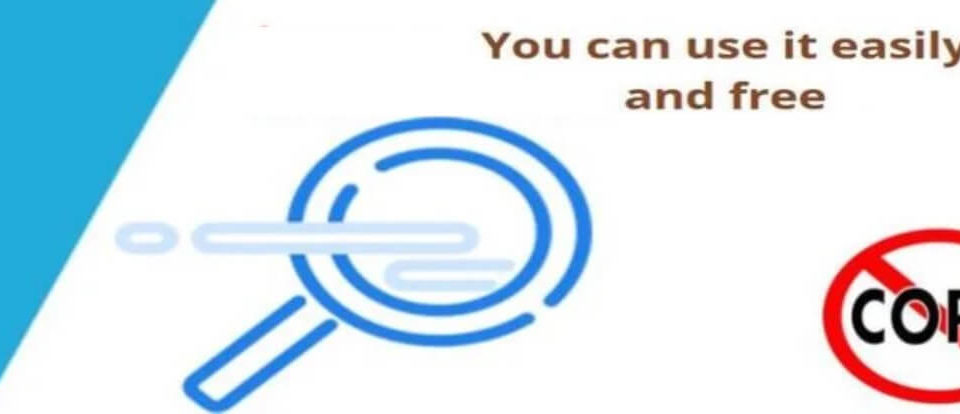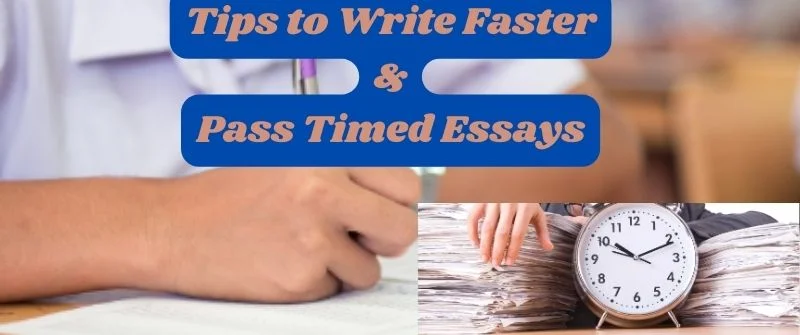How Accurate is SafeAssign? How to Read SafeAssign Scores
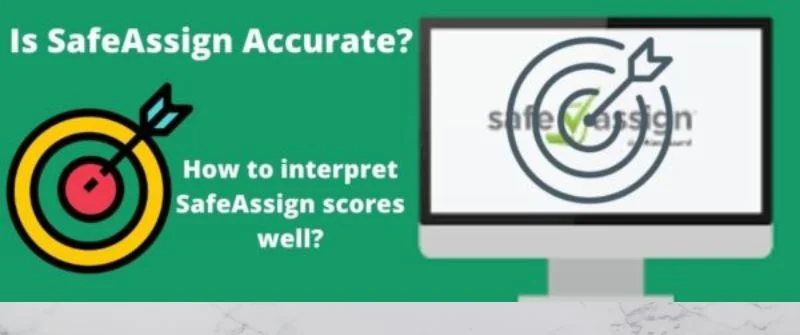
If you’re a student wondering how accurate SafeAssign is in detecting plagiarism on your paper, then you are not alone. Your concern is valid as very few people know how to correctly read and interpret Blackboard’s Safeassign scores in its scan results.
In this post, we dwell on these two issues in depth. But first, let us learn what SafeAssign really is and how to use it well.
Easy navigation table
What is SafeAssign in Blackboard?
SafeAssign is a plagiarism detection software and system developed by Blackboard as a solution to help educators detect cheating and copy-pasting by students. It prevents plagiarism by detecting duplicated, similar or unoriginal content in student papers.
More importantly, Blackboard’s SafeAssign also incorporates features that help teach students about plagiarism and the importance of citing borrowed work.
Let us Write your Essays! No Plagiarism
Get an expert writer to score an A in your next essay assignment. Place your order today, and you will enjoy it.
How Accurate is SafeAssign?
SafeAssign is between 92% and 97% accurate in detecting plagiarism, making it effective enough to detect copying. We tested it with 3 papers, and their similarity reports had an accuracy level of 92% and 97% compared to our pre-determined plagiarism percentage.
Therefore, if you read and interpret SafeAssign scores well, its originality report is effective enough to show your plagiarism levels.
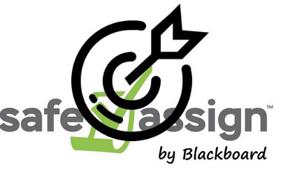
To test for its accuracy, we uploaded three papers.
Our office writer wrote all these three papers we used and were 100% original.
This is how each of the papers describes;
The first was an essay A, the second was a research paper, B, and the third was a case study report, C. All these were written specifically for the test.
The Test
To test the accuracy of SafeAssign, we copy-pasted content from the internet at the following pre-determined percentages.
| The File | Number of Words | Plagiarized Content | Actual Pre-determined Plagiarism Score |
| A (An Essay) | 1000 words | 250 words | 25% |
| B (A Paper) | 2000 words | 800 words | 40% |
| C (Report) | 1500 words | 300 words | 20% |
Armed with our facts, our papers, and our pre-determined plagiarism score, we uploaded the three files on Blackboard’s normal student account. We submitted at different times of the day and different days of the week when the SafeAssign systems were at different usage levels.
The Results
And the results were astoundingly impressive as the system gave us similarity scores for each file that was as close as possible to the actual rates. The following table summarizes the results;
| The File | Actual Pre-determined Plagiarism Score | SafeAssign’s Similarity Score % | Variation | % Accuracy |
|---|---|---|---|---|
| A | 25% | 23.70 | 1.3 | 94.80 |
| B | 40% | 37.90 | 3.1 | 92.25 |
| C | 20% | 19.34 | 1.4 | 96.70 |
From the table, it is clear that SafeAssign accuracy for the three files was between 92% and 97%, which explains the possible level of plagiarism detection in a file.
For the essay, SafeAssign was 94.8% accurate, meaning that it detected 94.8% of the total present plagiarism. It did this by detecting that 23.70% of the essay was plagiarized, but the actual was 25% because we pasted it that way to test.
This means that SafeAssign detected that 237 out of 1000 words were copy-pasted, but the actual was 200 words out of the total 1000 words, representing 25% of the paper.
This is fairly accurate for plagiarism detection software, and it shows that SafeAssign is accurate enough.
An Essay Writing Service by vetted writers
How Effective is SafeAssign in Detecting Plagiarism
SafeAssign works by scanning all work submitted against four databases: a global database, a campus database, an information database, and an all-content found online database.
SafeAssign uses a proprietary algorithm to detect matches to help avoid false positives for common phrases and ensure the quality of results.
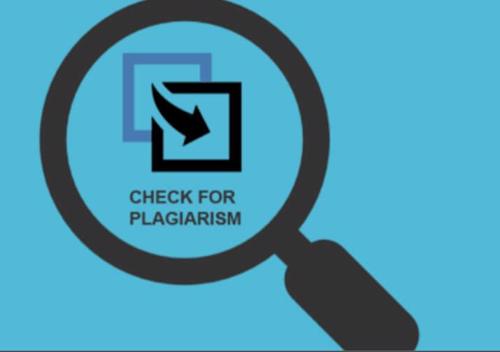
The software provides links that one can use to compare cases of plagiarism found in a submitted paper. These links include;
- Text, where the instructor can view any paper submitted with student comments
- Grades, where grades can be given by SafeAssign the grade book; Matching, where the instructor can see the percentage of the writer’s work matching other sources
- SA Report, where actual SafeAssign reports can be linked by the instructor.
- File, where the downloading of the original student-submitted file can be done.
- Submitted, where the submission dates and times can be seen.
SafeAssign provides an originality report which contains detailed information about matches found in work submitted and the existing sources. The originality report lists the potential sources in different colours, each colour representing a different source.
The campus database is usually accumulated with students’ work making it easy to detect plagiarism from the wide range of work available.
SafeAssign also helps instructors view work that has been flagged and also removes a flag that is viewed as insubstantial.
People Also Read: Is Grammarly Premium worth It or Reliable: Full Review 2023
Can SafeAssign be Wrong?
Ideally, SafeAssign cannot be wrong because it gives your instructor a similarity score to interpret. The similarity report is based on the detected similar content between the uploaded file and both its database and the online content.
Therefore, Blackboard’s SafeAssign similarity report cannot be wrong because it must be interpreted to determine if a file is plagiarised.
At the same time, SafeAssign does not guarantee 100% accuracy. The SafeAssign program does not scan the content of papers that are from outside the public domain books and scholarly journals.
Safe Assign cannot check anything from any source that has not been submitted using SafeAssign previously. This makes it not able to detect any cases of plagiarism in such texts.
SafeAssign cannot check against sources behind proprietary authentication mechanisms. These are sources that are not available publicly. This makes the detection of matching results difficult.
The use of a proprietary algorithm to weigh potential matches in SafeAssign can mean that instructors may consider matches below the SafeAssign confidence threshold that the instructor can perceive as a false negative.
SafeAssign finds the best matches from any online source or its database, not just any specific source.
SafeAssign can fail to check matches from an instructor’s expected source and, therefore, can return a different report from what the instructor expects.
NOTE: The fact that SafeAssign cannot be wrong should not be confused with having a false positive. To get the difference, we hereby explain the issue of false-positive below;
People Also Read: 7 reasons why Writing is Important in College & in Life
Can SafeAssign Give a False Positive?

Yes, SafeAssign can sometimes give a false positive, but it should not be a cause for alarm if you did not plagiarize. The system can return false positives because it hardly differentiates cited and uncited work.
False positives include not flagging plagiarized work and flagging work that is quality and appropriate as plagiarized.
Yes. Just like any other program or algorithm, SafeAssign is prone to giving false positives and false negatives.
What this means is that SafeAssign can indicate that your paper has plagiarism while, in actuality, it does not have.
This is what is referred to as a false positive. It also means that SafeAssign can indicate the absence of plagiarism while in reality, there is. This is called a false negative.
Blackboard updates and tips reveal that false negatives and positives result from the inherent limitation SafeAssign has to public data for comparison.
This means that SafeAssign cannot check works that have not been previously submitted through it. Also, it cannot check primary sources that have not yet been released to the public.
How to Read SafeAssign Scores and Interpret it Report
A SafeAssign score is a score that represents the probability that the submitted paper contains matches existing in other sources. Let us first understand what a SafeAssign score is.
What is a SafeAssign score?
A SafeAssign score is a mark that indicates the probability of a paper that was submitted by a writer containing texts that match existing sources in the SafeAssign database.
This score is only a warning indicator and does not mean a writer plagiarized. This is because SafeAssign may list well-cited and paraphrased work as plagiarized work.
Therefore, this makes it crucial for instructors and concerned writers to review papers submitted to determine whether the matches are properly attributed.
Reviewing the papers helps come up with a more appropriate decision on plagiarism. In fact, reviewing a paper allows you to use other SafeAssign alternatives to check for plagiarism before submitting your paper.
People Also Read: How to Write and Cite Sources in APA and MLA for Term Papers
What is a SafeAssign Originality Report

A SafeAssign Originality Report is a report that is produced when a student submits a paper, it is processed by SafeAssign to show the level of original content and plagiarized one.
The report is provided to both the student and the instructor.
This report details the paper’s plagiarism percentage in terms of the text within the paper that matches the sources from the database and those from the paper.
Since SafeAssign shows all text blocks that match, it is imperative for both students and instructors to carefully go through the report to determine if the block of text has been credited correctly.
How to Interpret Different SafeAssign Plagiarism Scores
To understand what is a good safe-assign score, one needs to know how to read a SafeAssign score and interpret it well.
You will have to know which score is good, which is bad, and which is acceptable.
The originality report provides the percentage of the content in your paper that matches other works.
In order to know this, you need to understand the three threshold levels of the plagiarism scanner. Blackboard’s SafeAssign scores can be low, medium, or high.
1. Low SafeAssign Plagiarism Score
These are scores below 15 per cent. These papers contain some quotes and very few common phrases or texts that can be identified in other documents.
Scores below 15%: Such scores indicate that your paper contains a few common phrases, some quotes, or some texts that match other works. Papers with such scores do not require further analysis.
2. Medium SafeAssign Plagiarism Level
Scores between 15% and 40%: Such scores indicate that your paper contains extensive material that has been paraphrased or quoted. This may indicate plagiarism.
This is depending on the similarities detected. Let’s explore each of them.
These are scores between 15 percent and 40 percent. Plagiarism is present in these texts because they contain much-quoted material and extensive paraphrased material.
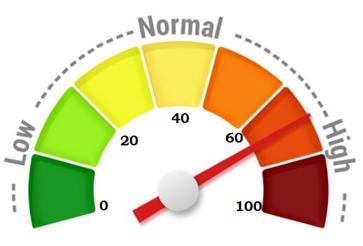
While some universities may accept this level, it requires further interpretation by the instructors.
Papers with scores between 15 and 40% show significant matching content that could be copied work or necessary external content.
Therefore, such content attracts the attention of your school or the professor. This is because these papers must be reviewed to determine if the matching text is referenced properly.
3. High SafeAssign Plagiarism Score
Scores above 40%: In such papers, there is an extremely high probability that the material has been copied from other works. There is extreme usage of paraphrased or quoted text.
These are scores that are over 40%. These represent a high probability that the paper you submitted work copied from a source in the SafeAssign database or available online.
The Unacceptable SafeAssign Plagiarism is the one that lies beyond 40%. It is unacceptable because it shows that a paper contains extensive and excessive content from the matching content. This is the content that you either paraphrased quote. These kinds of papers need to be reviewed for plagiarism.
An Essay Writing Service by vetted writers
How to check your SafeAssign Originality Report
You can access the processed SafeAsign report on the grade assessment page. You can access this page from the Grade Center:
- At the GradeCentre, locate the assignment you enabled SafeAssign.
- Select the attempt on the cell’s menu. On the grading assignment page, in the grading bar, a SafeAssign section appears. When the report is ready for view a percentage appears in the grading sidebar.
- One can then proceed to view the originality report by expanding the SafeAssign link and selecting View Originality Report.
What is a Good Percentage for SafeAssign?
A good SafeAssign percentage is the one that is below 15. This means that there are few cases of matching text in your submitted work. Such a score is regarded as a good similarity score because it lies within the low plagiarism levels of 0 and 15, showing your work is original.

At this level, the original content of your writing is above 75% of your paper, which indicates a huge chunk of your work.
The remaining percentage is attributed to sources and references that are necessary for giving evidence to back your arguments.
SafeAssign considers well quoted and paraphrased work as matching text and it is, therefore, the responsibility of the writers and the instructors to review the work to solve such cases.
People Also Read: Chegg vs Course Hero: which is Better, Accurate and Safer
What is a Bad SafeAssign Score?
A bad Safe assign score is any similarity score of 40 percent and above. This level is regarded as bad because it indicates that the submitted work has a greater percentage of it copied from online sources of already in SafeAssign’s database. It also shows that your original work is low and cannot be explained by references.
The worst similarity level beyond 40% is the one that matches with files or content already in the database.
That level shows a high probability that you copied a lot of content from somewhere, either online or past papers. You can read our guide on how to outsmart SafeAssign and learn ways to avoid such high plagiarism levels.
This work includes too much directly quoted text and excess paraphrased work. Therefore, the instructors for the course should review the paper and the report to check for plagiarism.
What is the Acceptable Percentage for SafeAssign?
Ideally, there is no single globally acceptable SafeAssign percentage because each university has its own plagiarism policies. However, the widely accepted score is 15% and below. The percentage varies from an institution to another, and there is no universally specified level.
The score range is widely accepted because papers with such plagiarism levels do not require any further analysis because there is no presence of plagiarism.
It should also be noted that the accepted SafeAssign score lies within the Low plagiarism level according to the university’s plagiarism policies.
What Does it mean by SafeAssign Percentage?
Every scanned paper has a score for its report. This brings two questions to mind; What does a SafeAssign score of 100 mean? What does that of 0 mean?
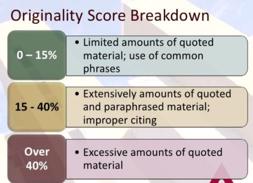
A score of 0% indicates that your paper’s content is your own, while 100% means that the paper is extremely plagiarized.
SafeAssign percentage presents the extent of similarity probability between the texts on the database and texts on the submitted work.
This means that they have the same meaning. For example, a score of 70 per cent means that there is a 70 per cent probability of similarity between the submitted and the work on the SafeAssign database.
This also means there is a 30 per cent probability that the submitted and the database work is similar by chance. This is because the existing source content is in the submitted paper, whether appropriately attributed or not.
What a 100% Match on SafeAssign Score Means
A 100 per cent match in a text or passage means that the text matches a source on the database 100 per cent. There is a high probability that the writer copied and pasted the work directly.
There is no problem when the well-cited statements match is 100 per cent. Titles also may have a 100 per cent match because other contents on the database may have the same title. This is also not a problem.
People Also Read: How to Write an Extended Essay: from Outline to Conclusion
Conclusion
Based on our tests on the papers we uploaded and the information from the site’s website, we can conclude that SafeAssign is an accurate plagiarism scanner.
The software produces a good and reliable originality report that shows the score based on the similarity of the uploaded work with the files in its database and online sources.
To effectively understand the report, you have to know how to read and interpret the SafeAssign scores so as to know what level of plagiarism the report shows. This way, you will get the best out of the scanner by Blackboard.
This makes SafeAssign an effective tool to detect and prevent plagiarism in educational institutions, especially colleges and universities or any other institution of higher learning.
Watch a further guide on how to read the scores

Jessica Kasen is experienced in academic writing and academic assistance. She is well versed in academia and has a master’s degree in education. Kasen consults with us in helping students improve their grades. She also oversights the quality of work done by our writers.


